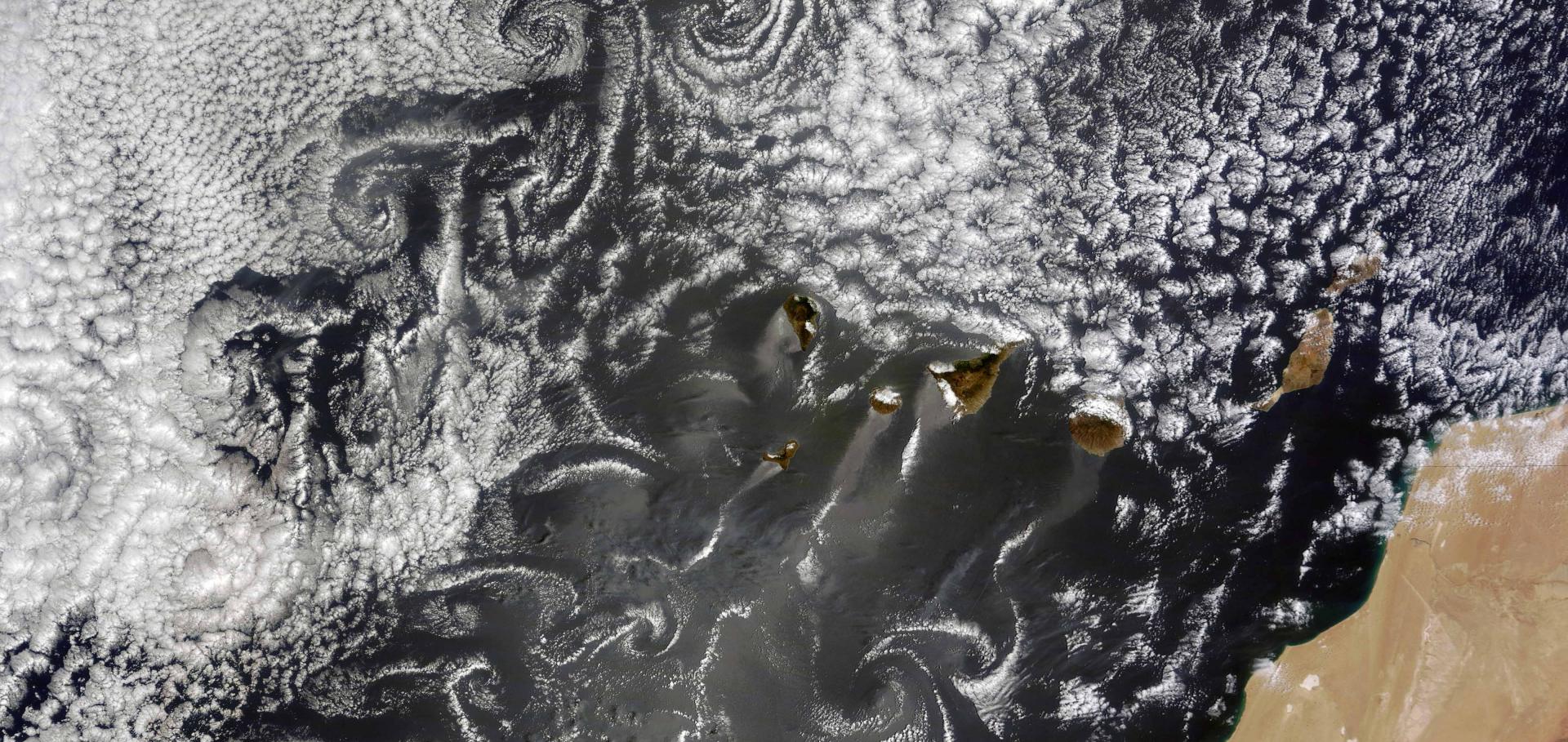Quantifying the importance of rapid adjustments for global precipitation changes
Geophysical Research Letters American Geophysical Union 45:20 (2018) 11,399-11,405
Abstract:
Different climate drivers influence precipitation in different ways. Here we use radiative kernels to understand the influence of rapid adjustment processes on precipitation in climate models. Rapid adjustments are generally triggered by the initial heating or cooling of the atmosphere from an external climate driver. For precipitation changes, rapid adjustments due to changes in temperature, water vapor and clouds are most important. In this study we have investigated five climate drivers (CO2, CH4, solar irradiance, black carbon (BC), and sulfate aerosols) The fast precipitation response to a doubling of CO2 and a tenfold increase in BC is found to be similar, despite very different instantaneous changes in the radiative cooling, individual rapid adjustments and sensible heating. The model diversity in rapid adjustments is smaller for the experiment involving an increase in the solar irradiance compared to the other climate driver perturbations, and this is also seen in the precipitation changes.The global aerosol-climate model ECHAM6.3-HAM2.3 – Part 1: Aerosol evaluation
Geoscientific Model Development Copernicus Publications (2018)
SALSA2.0: The sectional aerosol module of the aerosol–chemistry–climate model ECHAM6.3.0-HAM2.3-MOZ1.0
Geoscientific Model Development Copernicus GmbH 11:9 (2018) 3833-3863
Abstract:
<jats:p>Abstract. In this paper, we present the implementation and evaluation of the aerosol microphysics module SALSA2.0 in the framework of the aerosol–chemistry–climate model ECHAM-HAMMOZ. It is an alternative microphysics module to the default modal microphysics scheme M7 in ECHAM-HAMMOZ. The SALSA2.0 implementation within ECHAM-HAMMOZ is evaluated against observations of aerosol optical properties, aerosol mass, and size distributions, comparing also to the skill of the M7 implementation. The largest differences between the implementation of SALSA2.0 and M7 are in the methods used for calculating microphysical processes, i.e., nucleation, condensation, coagulation, and hydration. These differences in the microphysics are reflected in the results so that the largest differences between SALSA2.0 and M7 are evident over regions where the aerosol size distribution is heavily modified by the microphysical processing of aerosol particles. Such regions are, for example, highly polluted regions and regions strongly affected by biomass burning. In addition, in a simulation of the 1991 Mt. Pinatubo eruption in which a stratospheric sulfate plume was formed, the global burden and the effective radii of the stratospheric aerosol are very different in SALSA2.0 and M7. While SALSA2.0 was able to reproduce the observed time evolution of the global burden of sulfate and the effective radii of stratospheric aerosol, M7 strongly overestimates the removal of coarse stratospheric particles and thus underestimates the effective radius of stratospheric aerosol. As the mode widths of M7 have been optimized for the troposphere and were not designed to represent stratospheric aerosol, the ability of M7 to simulate the volcano plume was improved by modifying the mode widths, decreasing the standard deviations of the accumulation and coarse modes from 1.59 and 2.0, respectively, to 1.2 similar to what was observed after the Mt. Pinatubo eruption. Overall, SALSA2.0 shows promise in improving the aerosol description of ECHAM-HAMMOZ and can be further improved by implementing methods for aerosol processes that are more suitable for the sectional method, e.g., size-dependent emissions for aerosol species and size-resolved wet deposition. </jats:p>Anthropogenic aerosol forcing – insights from multi-estimates from aerosol-climate models with reduced complexity
Atmospheric Chemistry and Physics Discussions Copernicus Publications (2018)
Abstract:
The radiative forcing of anthropogenic aerosol remains a key uncertainty in the understanding of climate change. This study quantifies the model spread in aerosol forcing associated with (i) variability internal to the atmosphere and (ii) differences in the model representation of weather. We do so by performing ensembles of atmosphere-only simulations with four state-of-the-art Earth system models, three of which will be used in the sixth coupled model inter-comparison project (CMIP6, Eyring et al., 2016). In those models we reduce the complexity of the anthropogenic aerosol by prescribing the same annually-repeating patterns of the anthropogenic aerosol optical properties and associated effects on the cloud reflectivity. We quantify a comparably small model spread in the long-term averaged ERF compared to the overall possible range in annual ERF estimates associated with model-internal variability. This implies that identifying the true model spread in ERF associated with differences in the representation of meteorological processes and natural aerosol requires averaging over a sufficiently large number of annual estimates. We characterize the model diversity in clouds and use satellite products as benchmarks. Despite major inter-model differences in natural aerosol and clouds, all models show only a small change in the global-mean ERF due to the substantial change in the global anthropogenic aerosol distribution between the mid-1970s and mid-2000s, the ensemble mean ERF being −0.47Wm−2 for the mid-1970s and −0.51Wm−2 for the mid-2000s. This result suggests that inter-comparing ERF changes between two periods rather than absolute magnitudes relative to pre-industrial might provide a more stringent test for a model's ability for representing climate evolutions.The propagation of aerosol perturbations in convective cloud microphysics
(2018)


